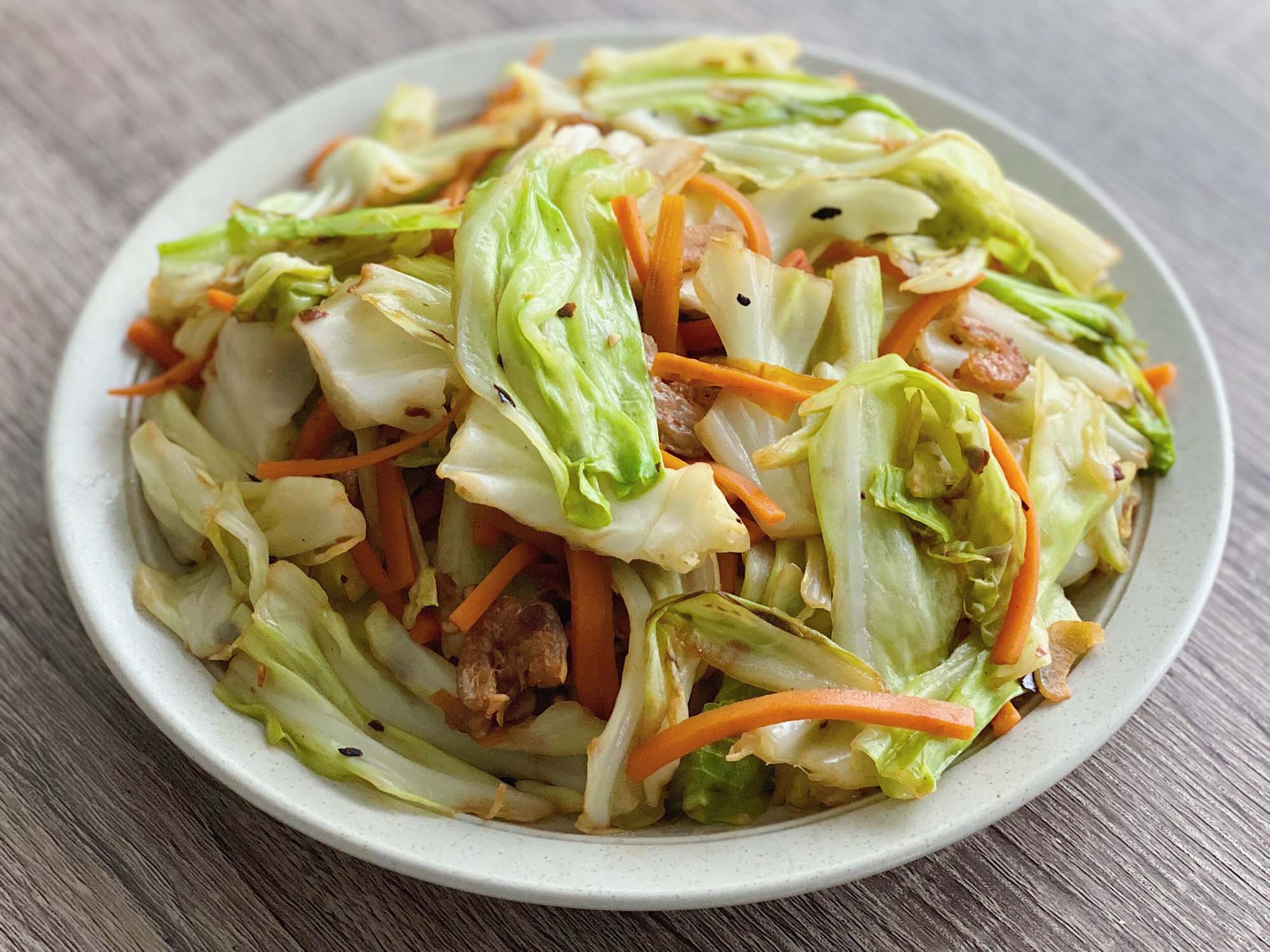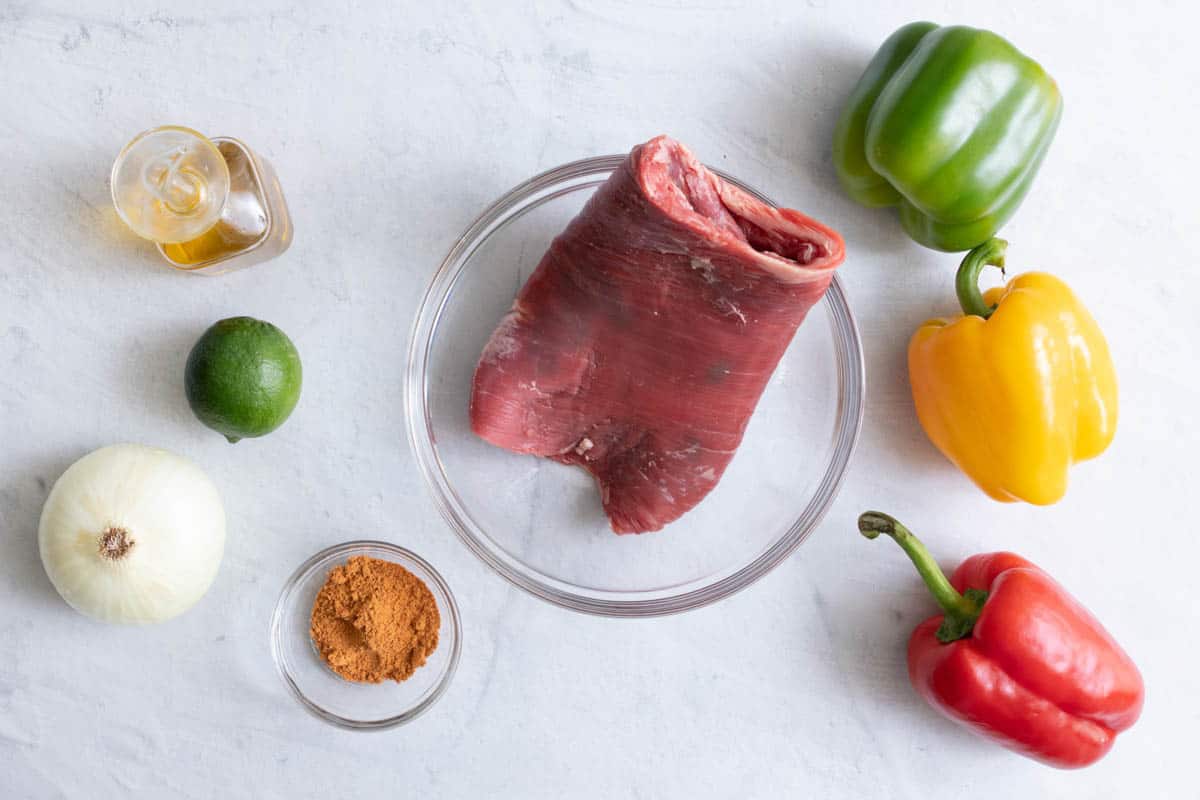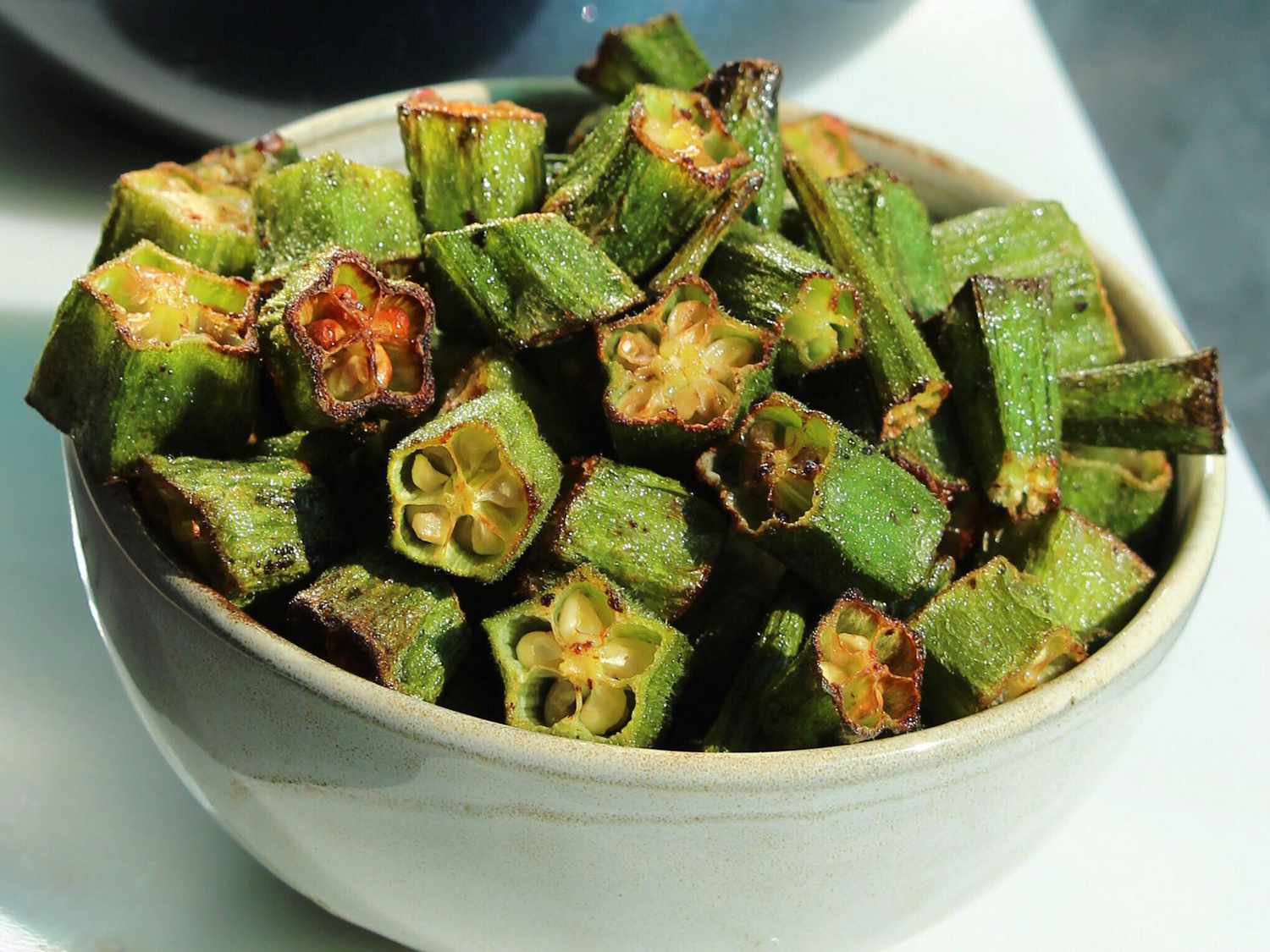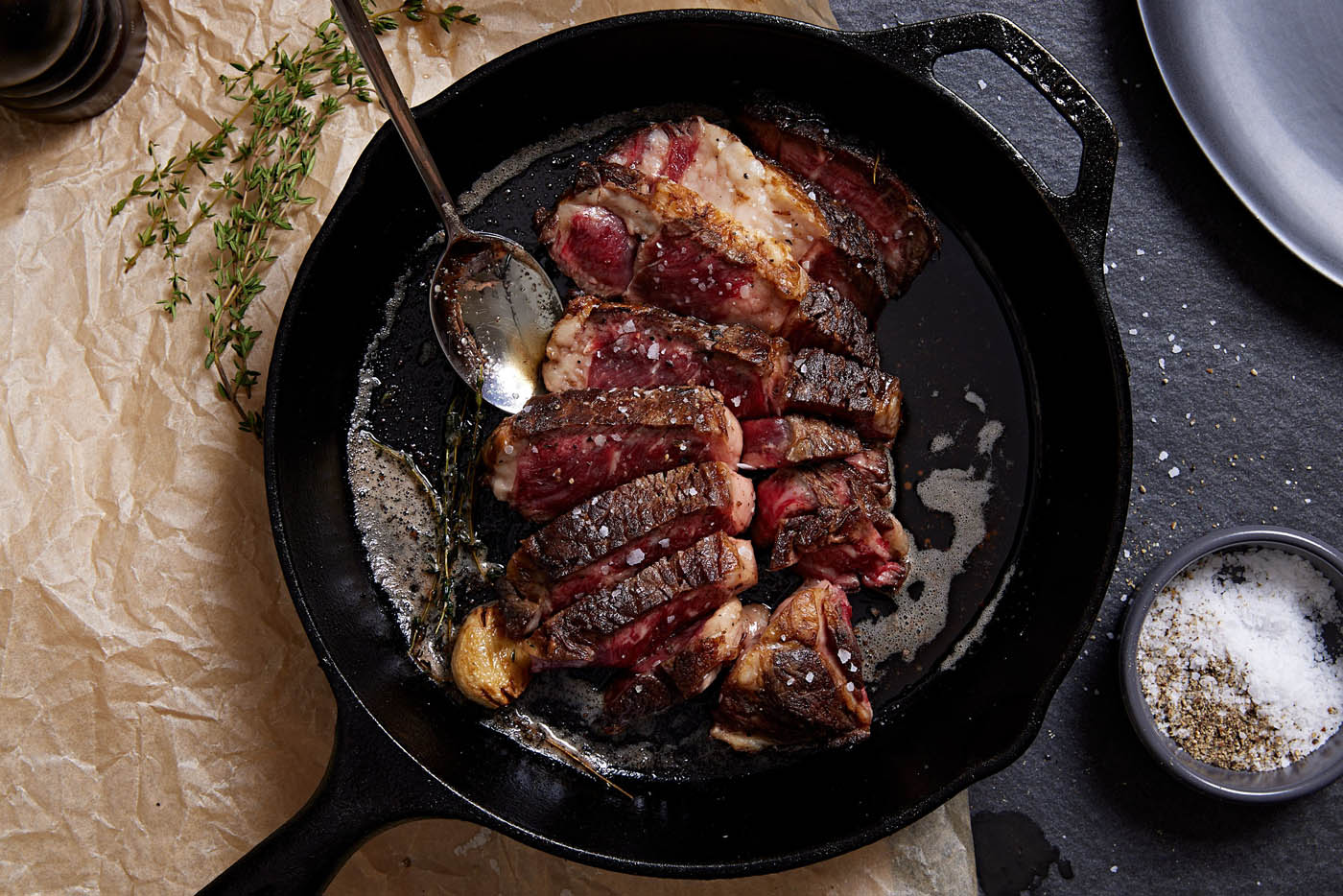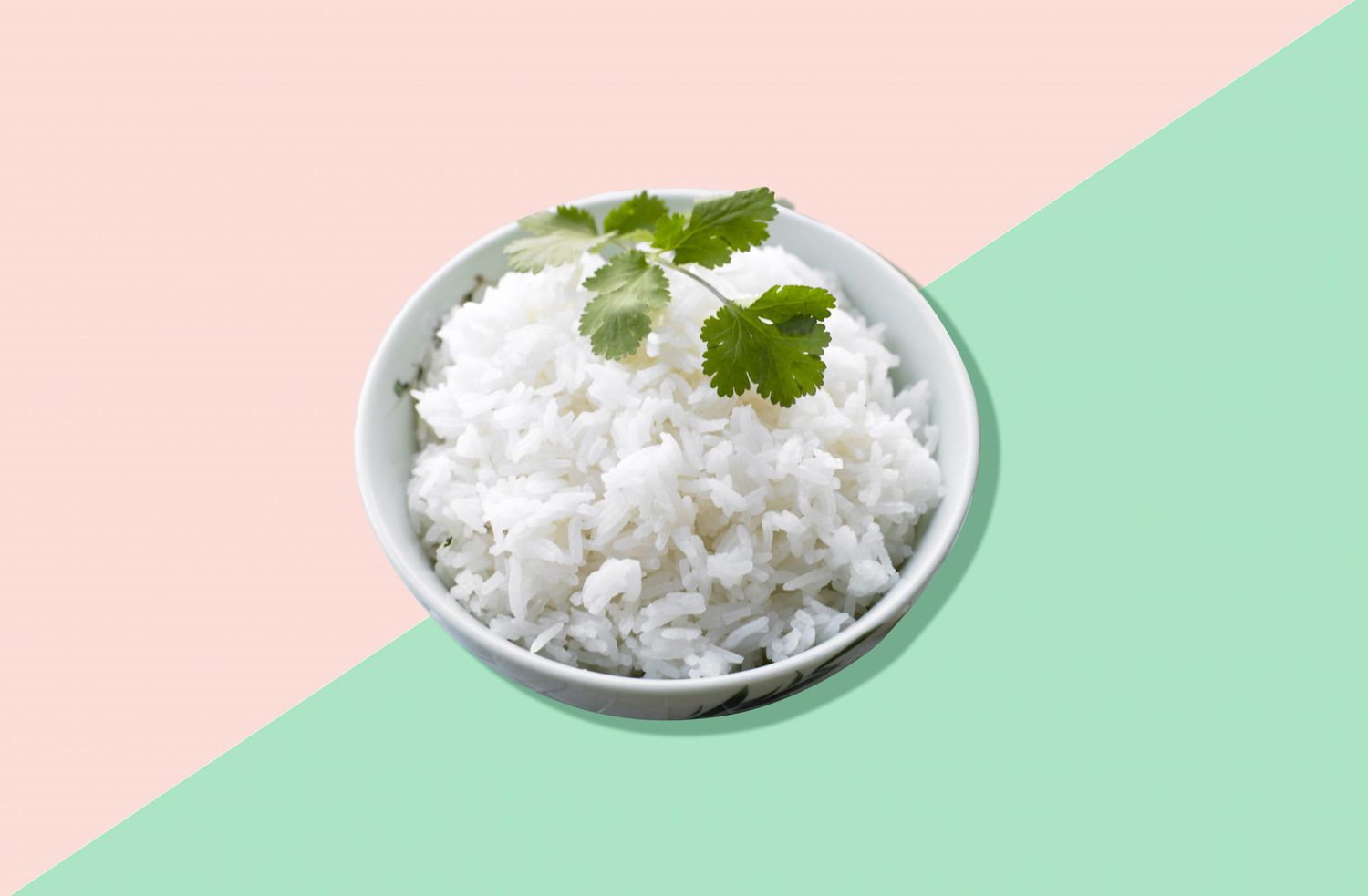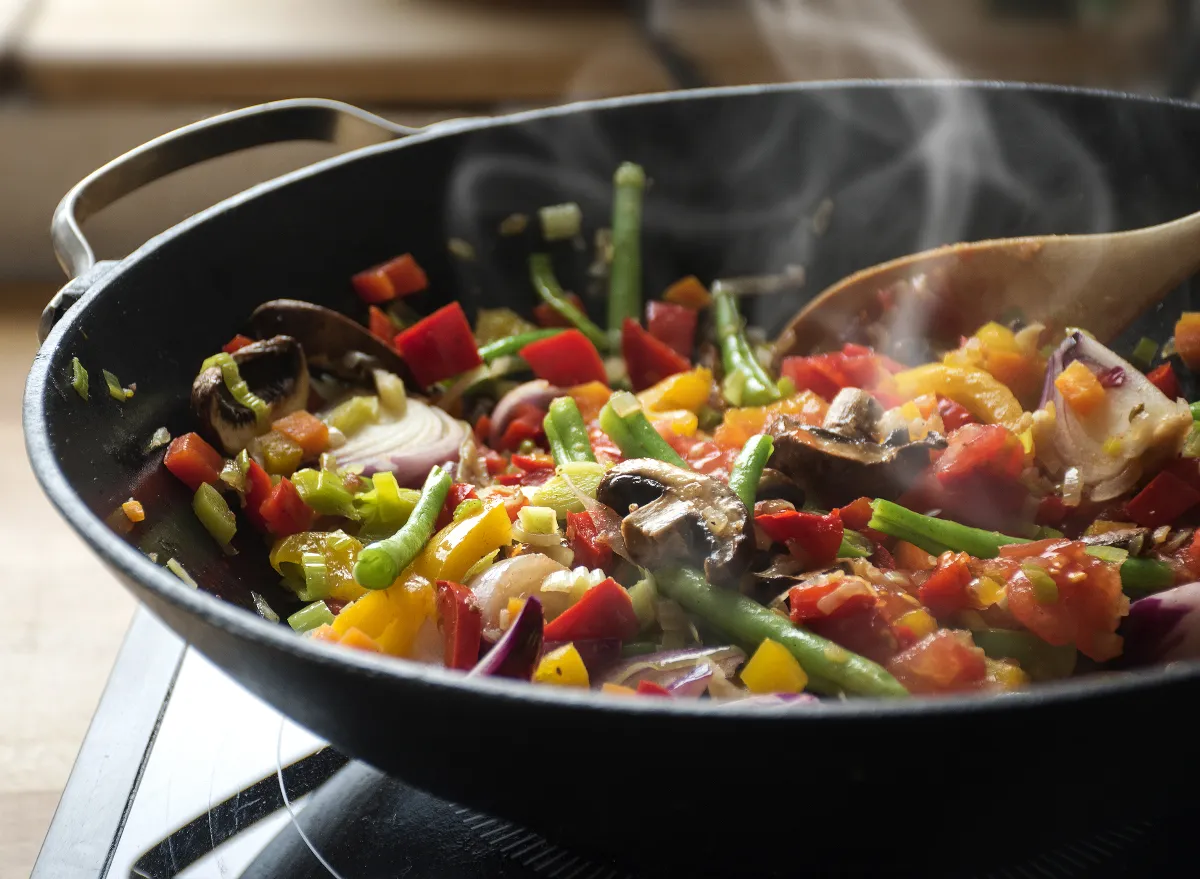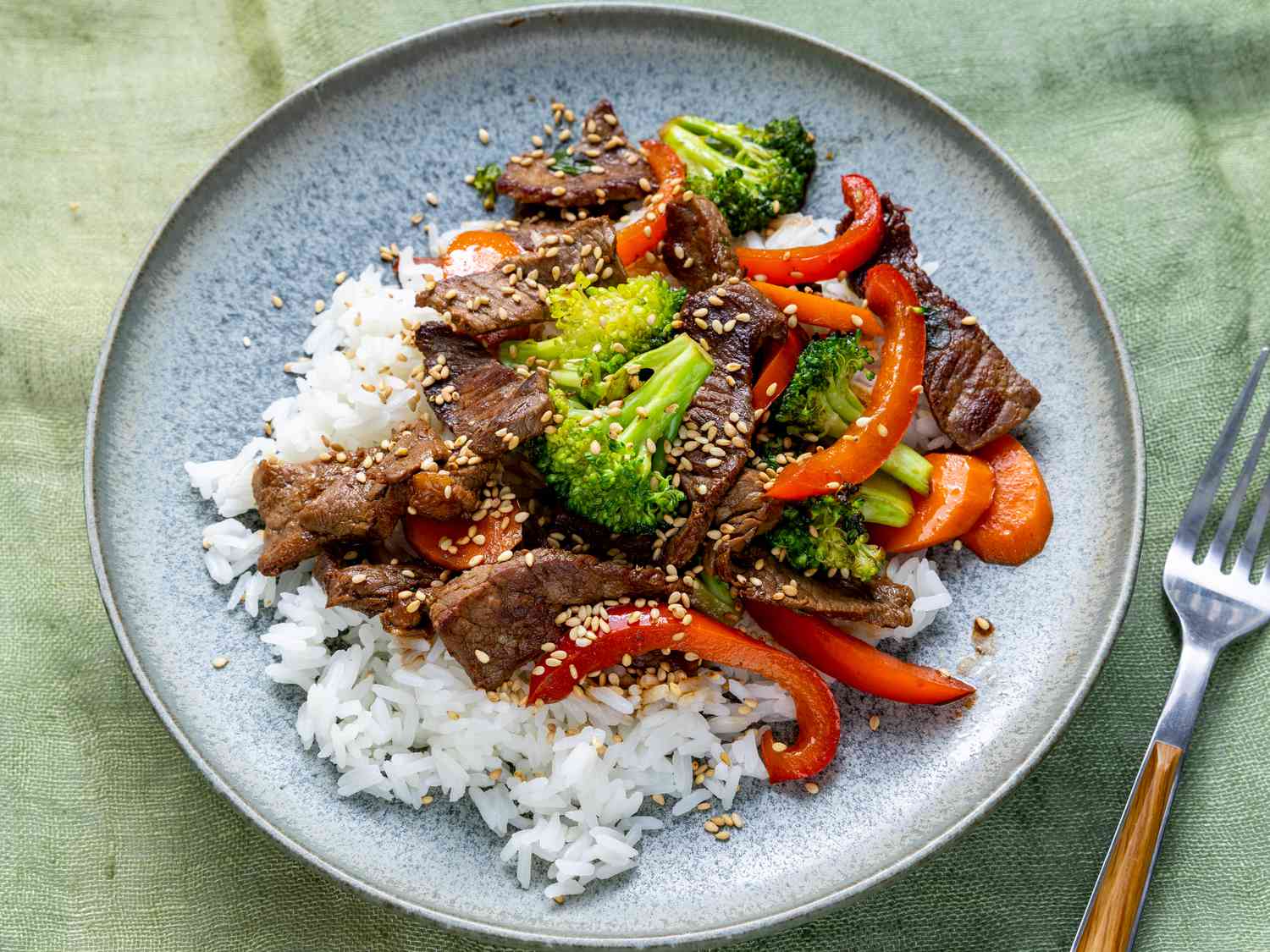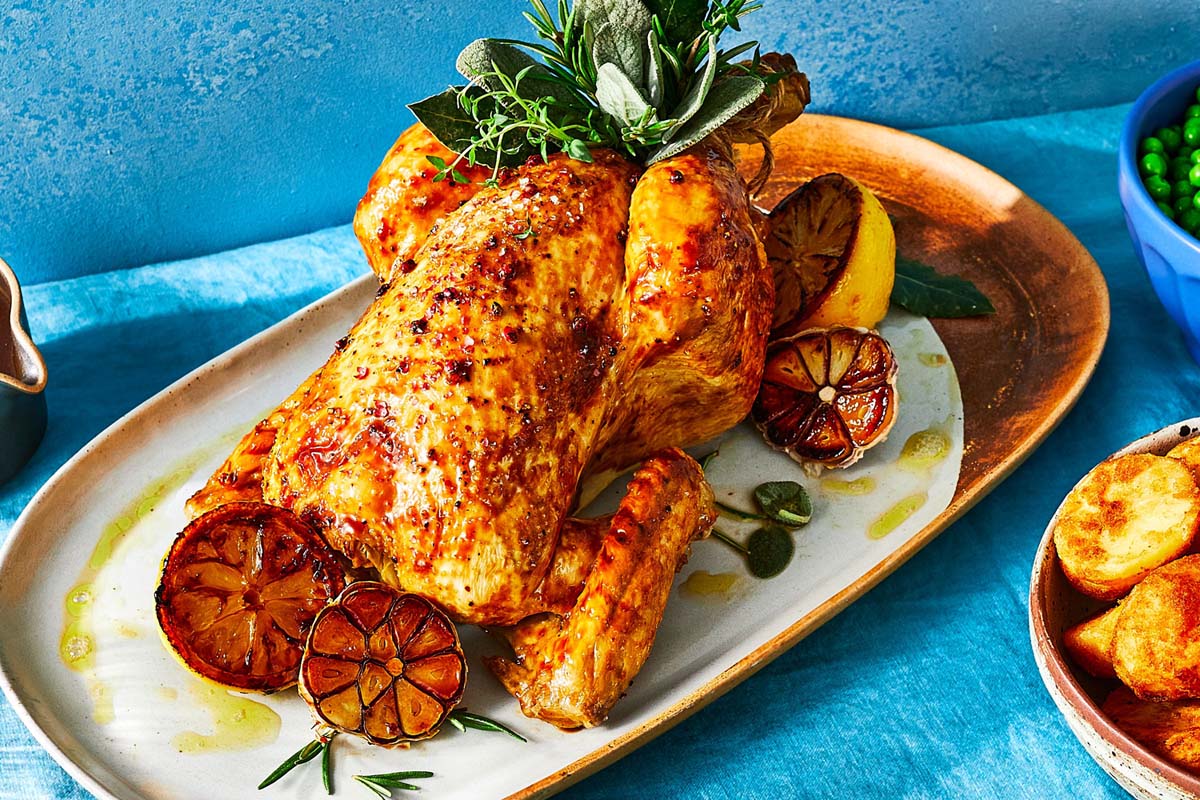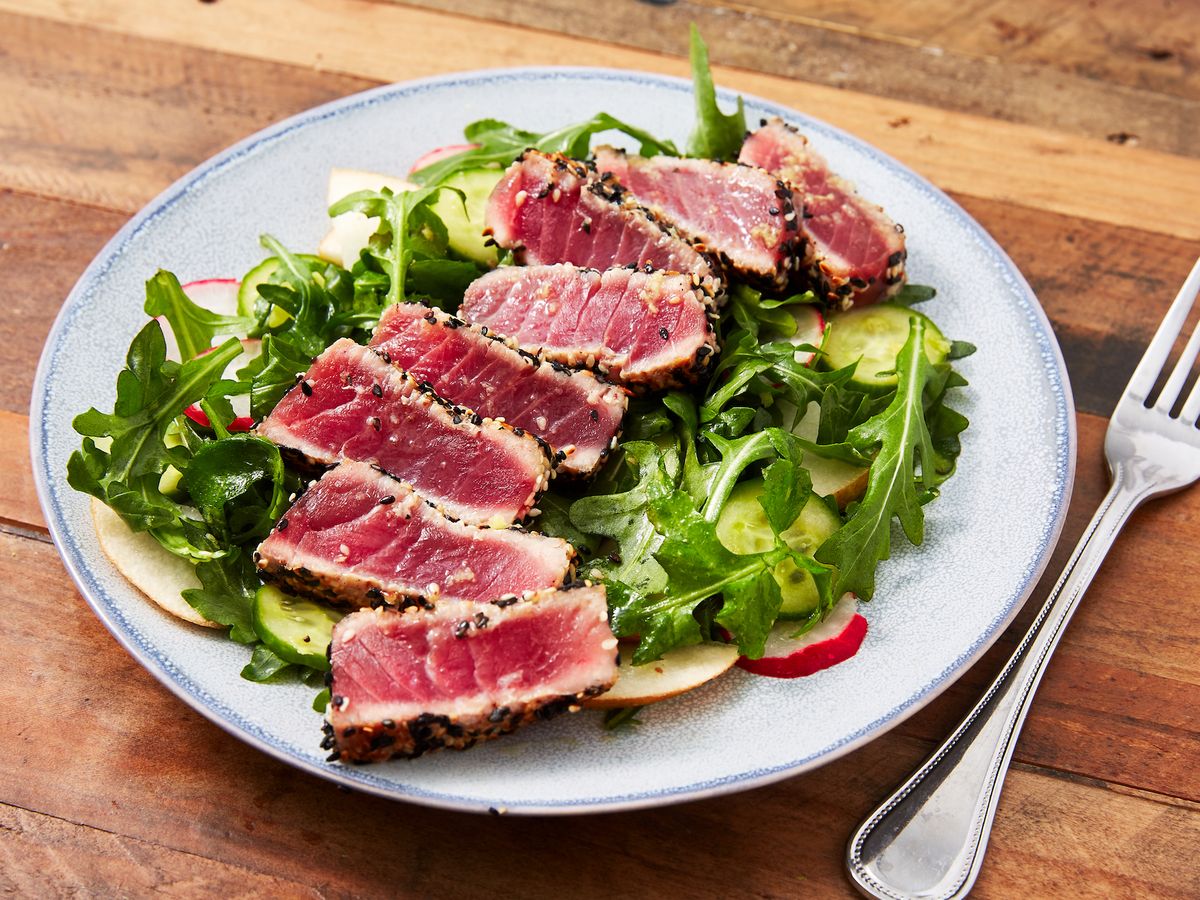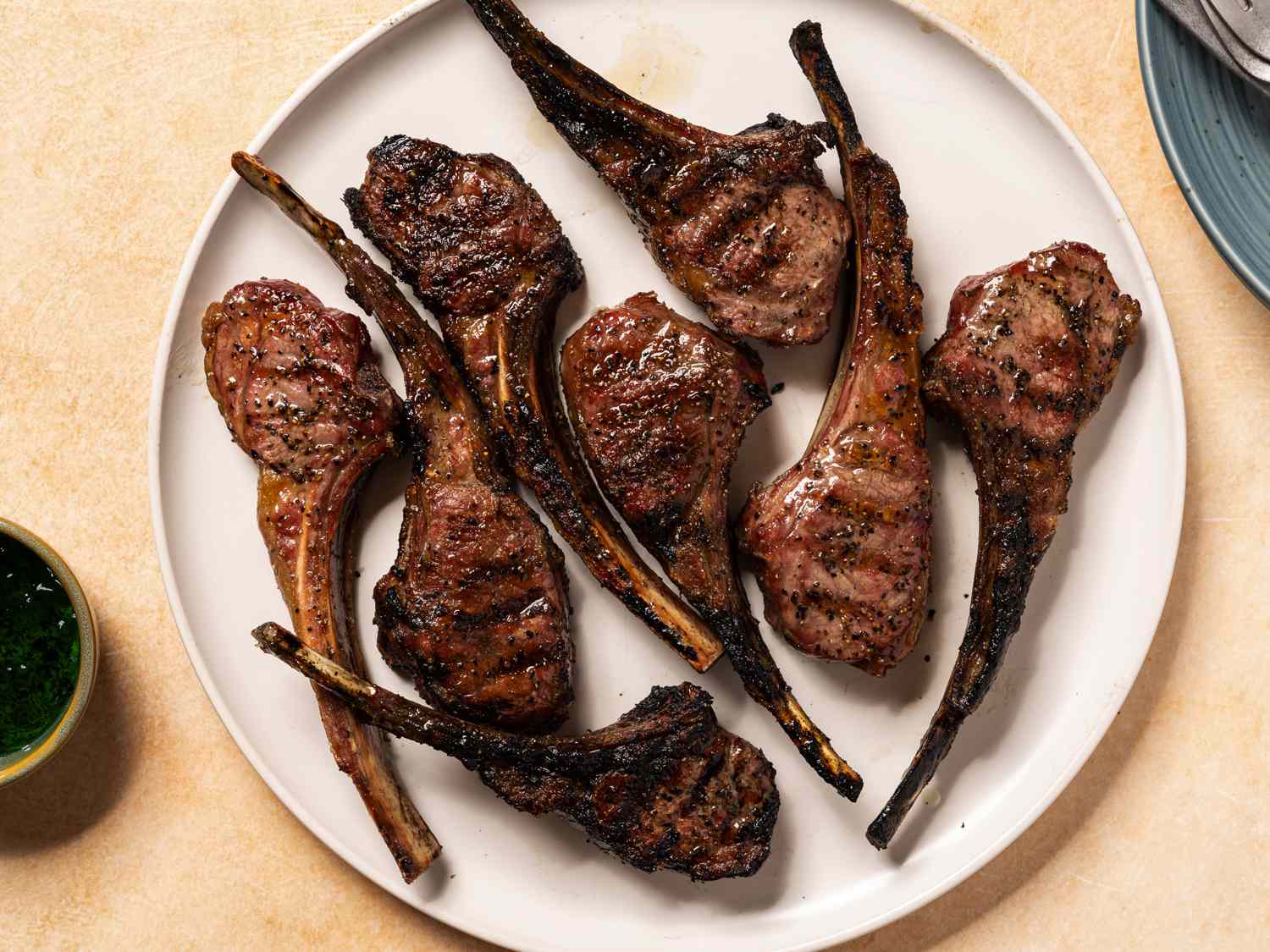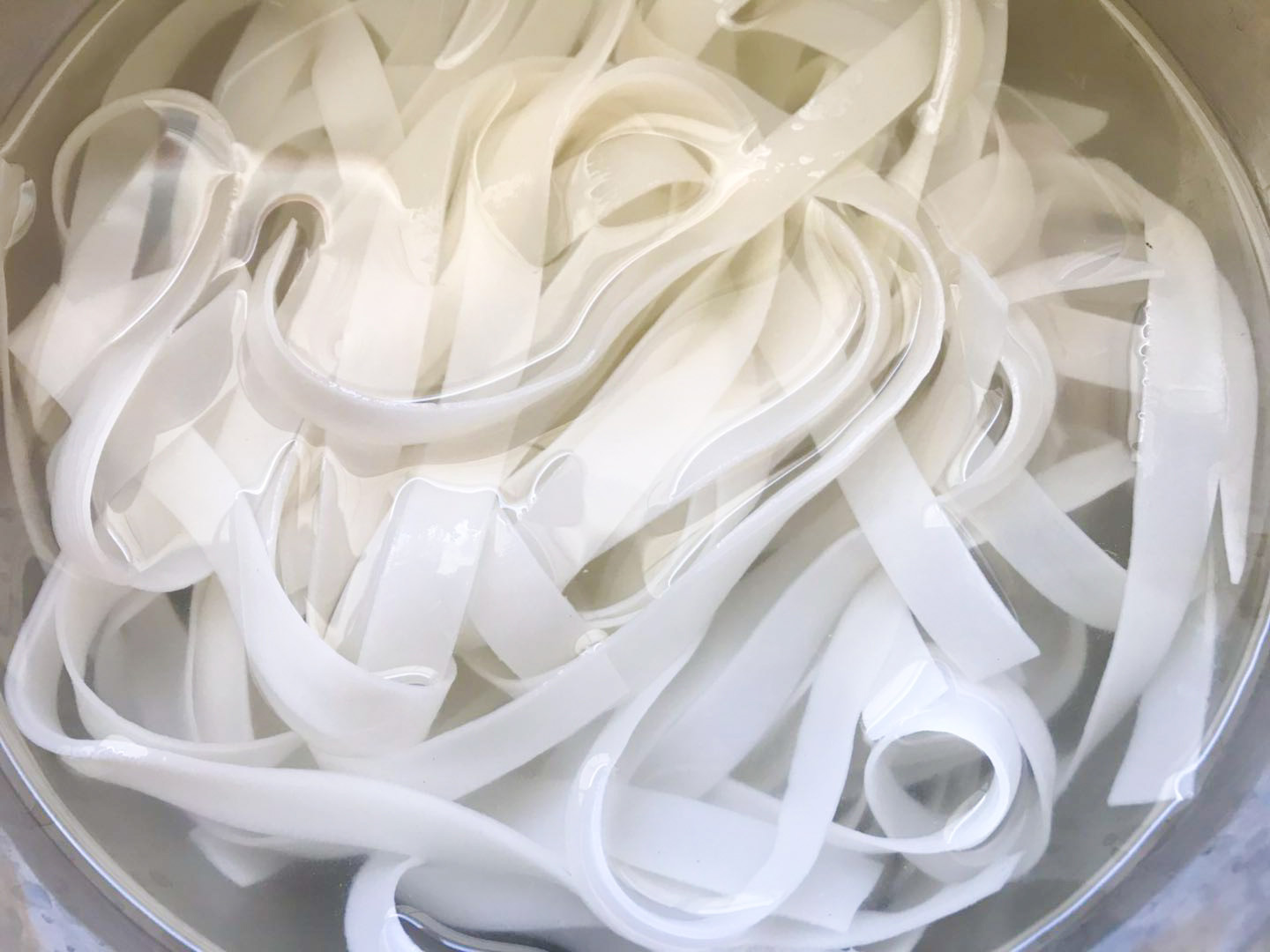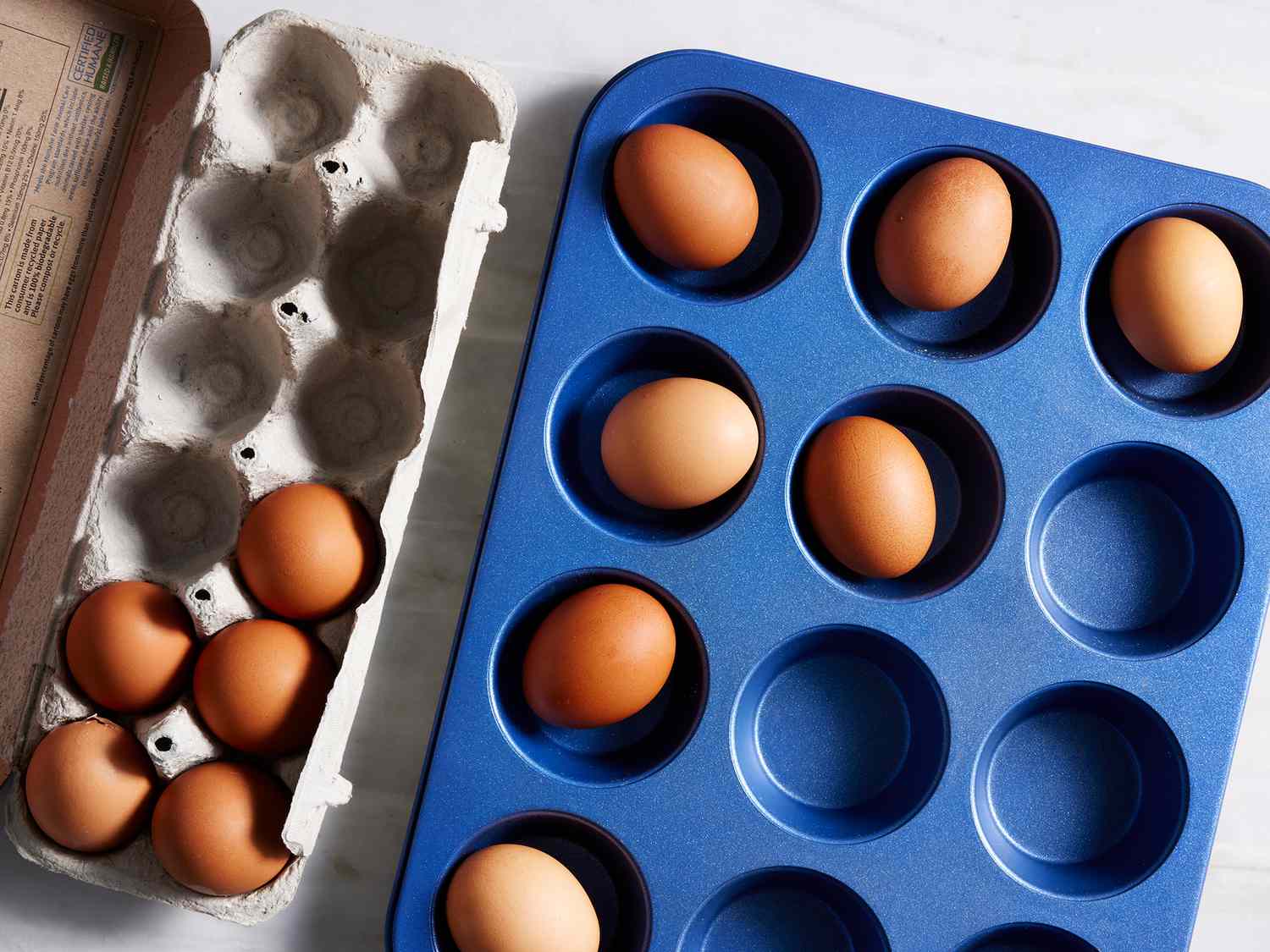Unlock the Secrets to Cooking the Juiciest Brisket
Brisket, with its rich flavors and tender texture, is the epitome of delicious barbecue. However, achieving that elusive juicy and succulent brisket can be a challenge for even experienced cooks. But fear not! We are here to spill the secrets on how to cook a mouthwatering, juicy brisket that will leave your guests begging for more.
Choosing the Perfect Brisket
Before we dive into the cooking process, it’s essential to select the right brisket for the job. Look for a well-marbled cut, often labeled as “choice” or “prime.” Marbling refers to the streaks of fat within the meat that melt during cooking, keeping the brisket moist and flavorful. Additionally, opt for a brisket with a consistent thickness to ensure even cooking.
Preparing the Brisket
Properly preparing your brisket sets the foundation for a juicy end result. Follow these steps:
- Trim the excess fat: Remove any thick or hard fat layers from the brisket, leaving a thin layer intact to enhance flavor and moisture.
- Season generously: Use a rub of your choice to coat the brisket on all sides. This helps to develop a flavorful crust as it cooks.
- Let it rest: Allow the seasoned brisket to sit at room temperature for around 30 minutes. This helps the flavors penetrate the meat.
The Low and Slow Cooking Method
The key to achieving a juicy brisket lies in the low and slow cooking method. This technique allows the connective tissues in the meat to break down gradually, resulting in a tender, melt-in-your-mouth brisket. Here’s how to do it:
- Preheat your smoker or grill: Aim for a temperature of around 225°F (107°C) to 250°F (121°C), ensuring a consistent heat source throughout the cooking process.
- Indirect heat: Place the seasoned brisket on the cooler side of the grill, away from direct flames or heat sources. This prevents the meat from drying out.
- Monitor the temperature: Invest in a meat thermometer to monitor the internal temperature of the brisket. Maintain a steady temperature throughout until the brisket reaches an internal temperature of around 195°F (90°C) to 205°F (96°C).
- Wrap and rest: Once the brisket reaches the desired temperature, remove it from the heat and wrap it tightly in aluminum foil or butcher paper. Allow it to rest for at least an hour to let the juices redistribute throughout the meat.
Slicing and Serving
Now comes the moment of truth – slicing and serving your juicy brisket:
- Find the grain: Before slicing, identify the direction of the grain by looking for the long, parallel lines running through the meat. Slicing against the grain helps to ensure tenderness.
- Thin and even slices: Use a sharp knife to cut thin, even slices of brisket. This allows for a more enjoyable and tender eating experience.
- Serve with care: Arrange the slices on a platter and serve alongside your favorite barbecue sauce or homemade sides.
Now that you are armed with the secrets to cooking a juicy brisket, it’s time to fire up the grill and get cooking. Follow these steps, embrace the low and slow method, and prepare yourself for a flavorful brisket that will make you the star of any barbecue gathering. Happy cooking!
Was this page helpful?
Read Next: How To Cook Beef Pot Roast In Crock Pot
